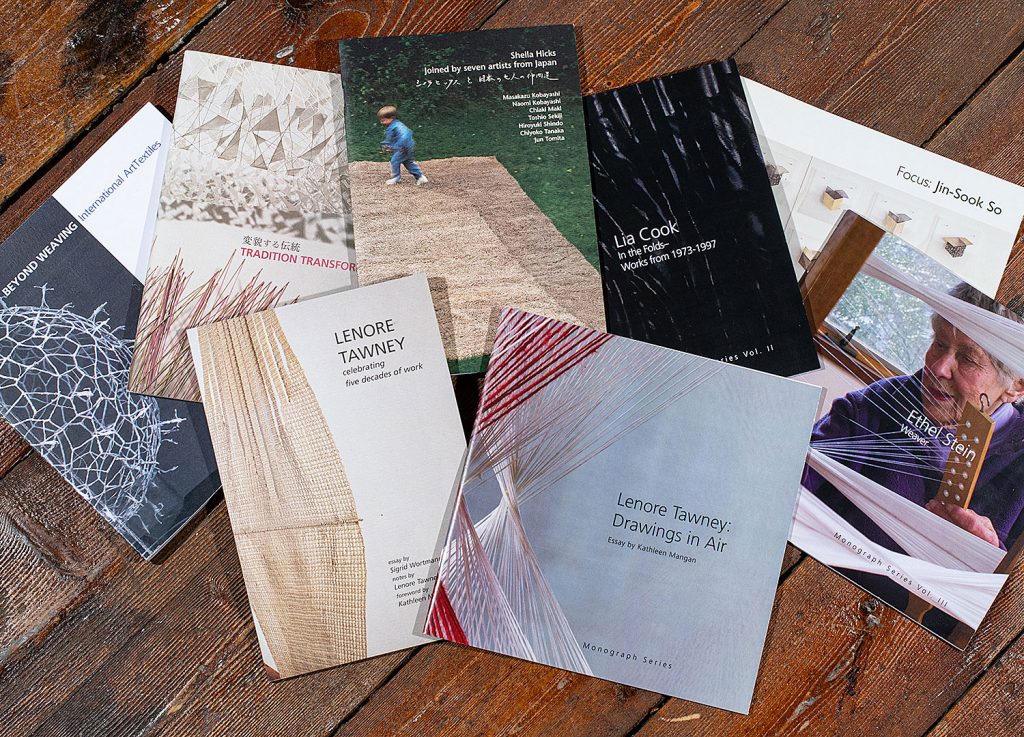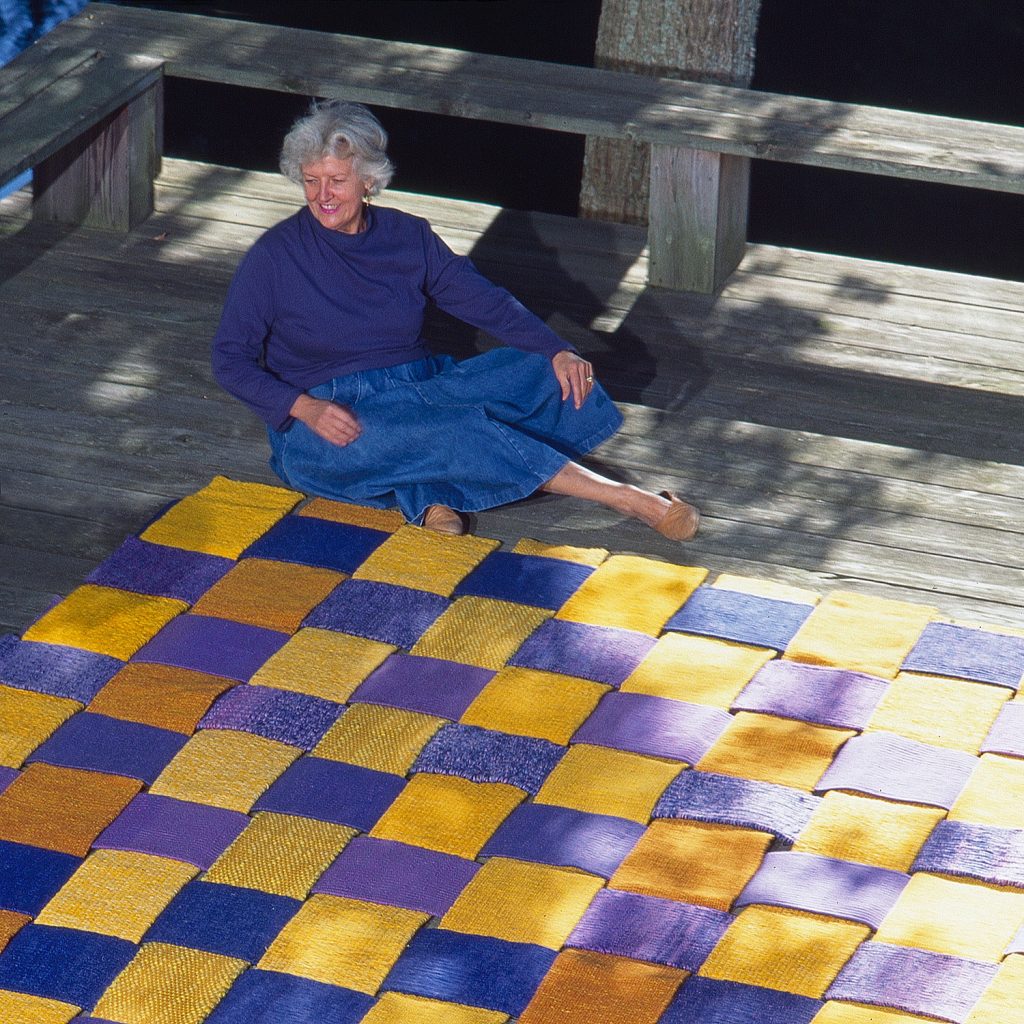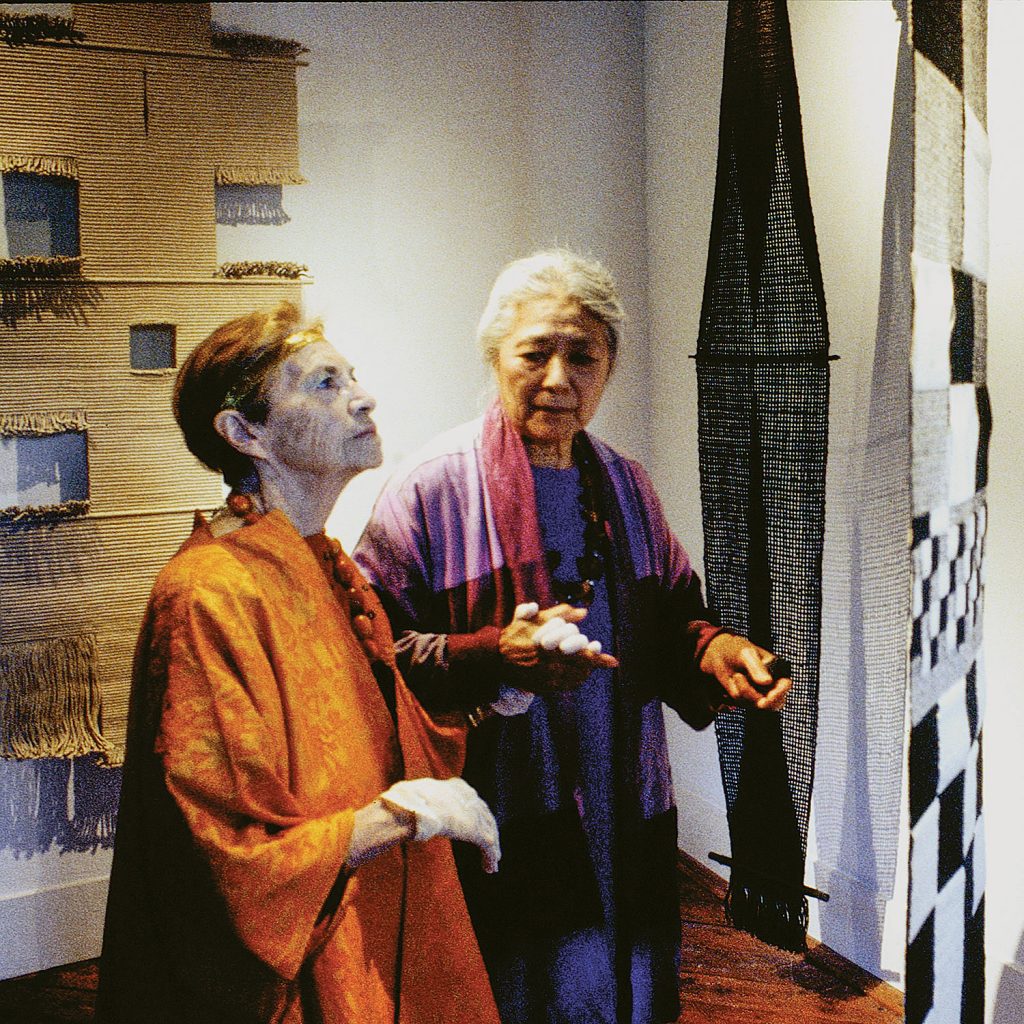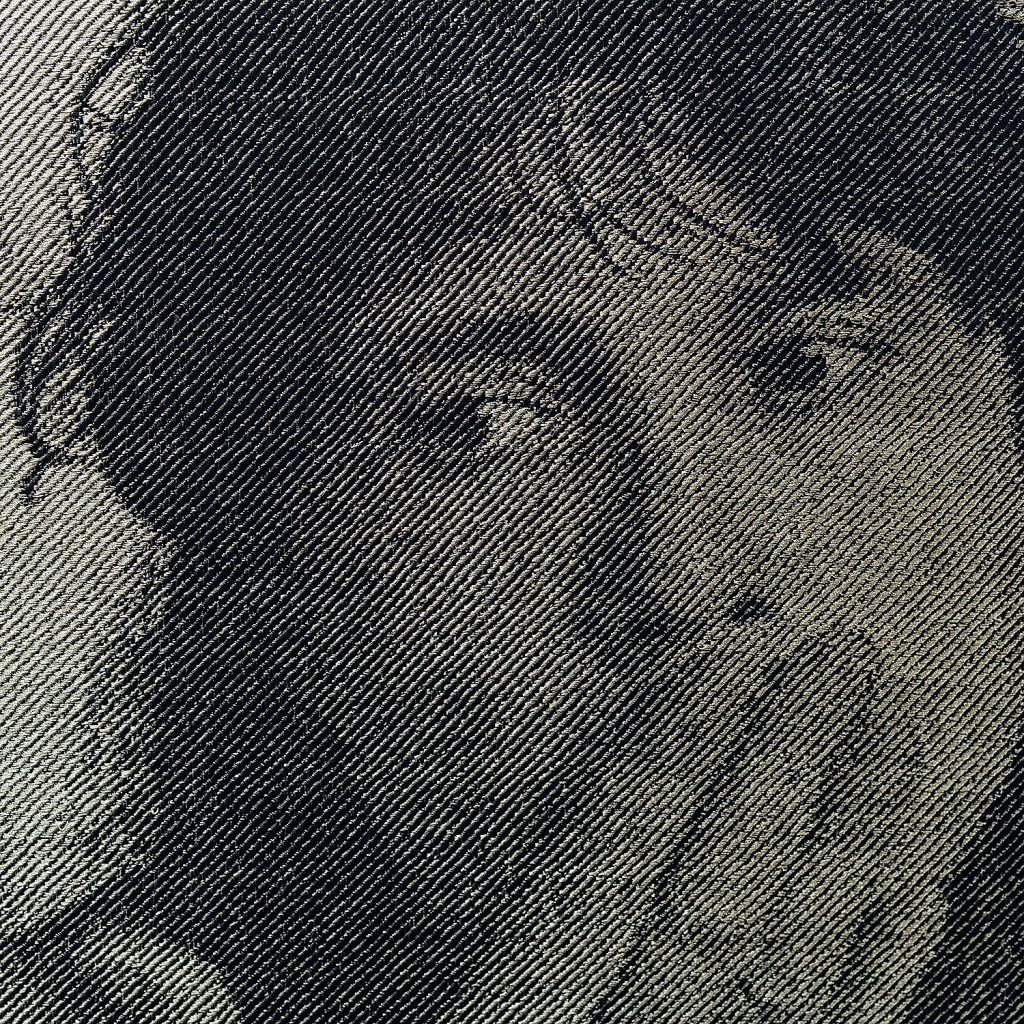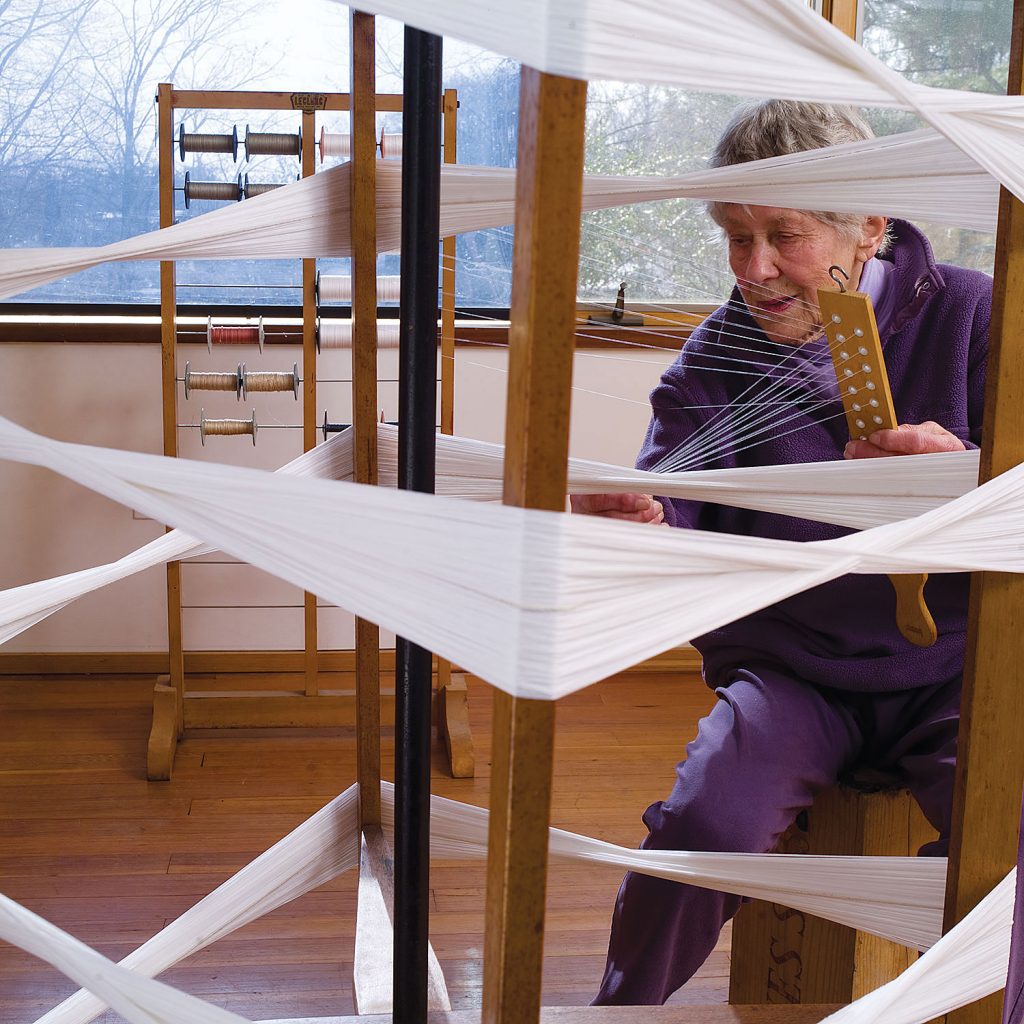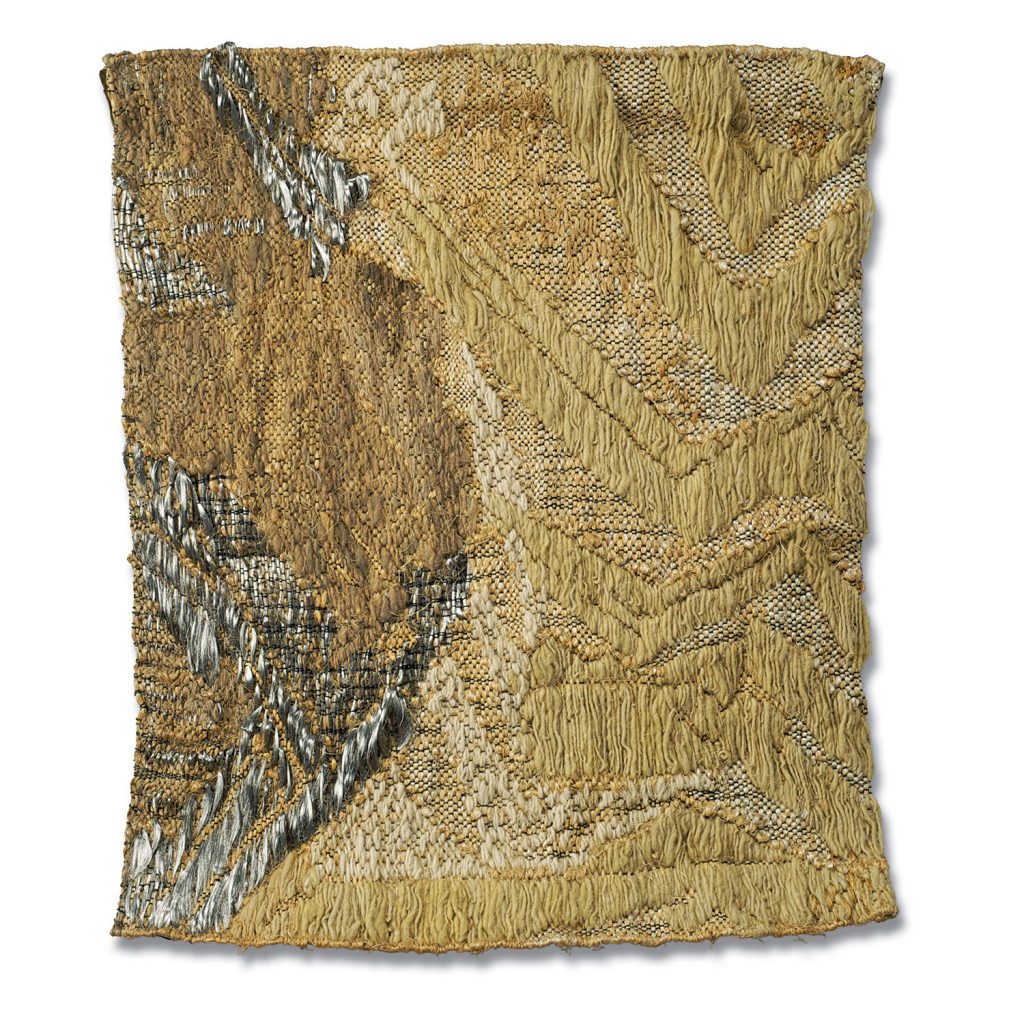
We are excited to announce our 2020 “Art in the Barn” exhibition, Volume 50: Chronicling Fiber Art for Three Decades will open — at last — on September 12, 2020. The exhibition will be a retrospective celebration of the 50 print catalogs on fiber and modern craft published by browngrotta arts. It will include work by 60+ important artists in fiber, ceramics and mixed media, who have helped define modern craft movement since the 1980s. The exhibition will be on view – with a safe viewing protocol in place — from September 12th through 20th at browngrotta arts, 276 Ridgefield Road, Wilton, CT 06897.
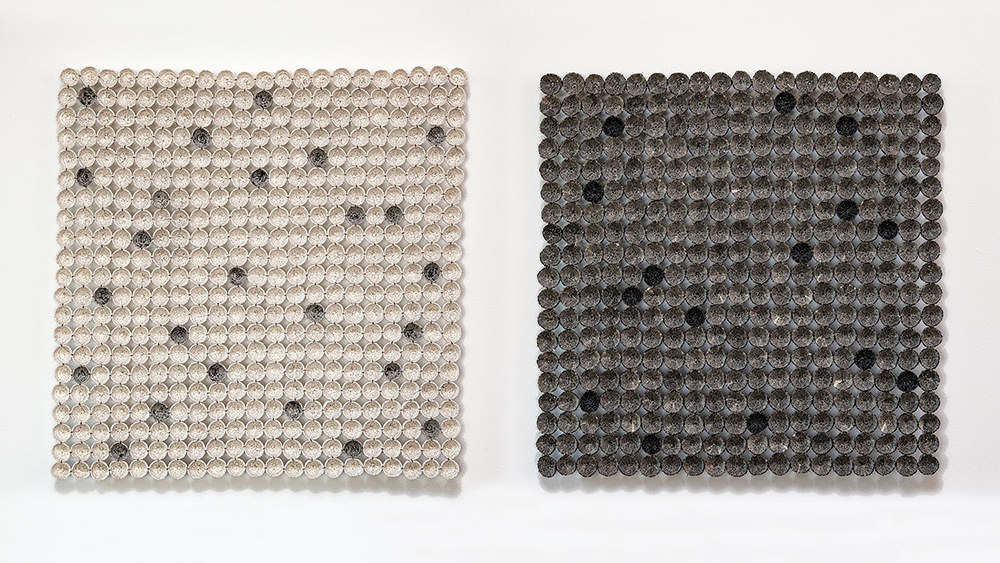
The 50th catalog by browngrotta arts, Volume 50: Chronicling Fiber Art for Three Decades will feature an essay by Glenn Adamson, former Director of the Museum of Arts and Design in New York. A forerunner in the field, browngrotta arts has been dedicated to researching, documenting and raising awareness of fiber and modern craft art through exhibitions and catalogs for over 30 years. We published our first catalog, Markku Kosonen: Baskets and Woodwork — virtually a pamphlet — in 1990, with just 27 black-and-white photographs and a few paragraphs of text. By 2019, our 49th catalog, art + identity: an international view included 156 pages, more than 100 color photographs and an essay by Jessica Hemmings, Ph.D. Our 50 catalogs have collectively recorded a narrative of modern craft and contributed to preserving the continuity of the field. “The catalogs produced by browngrotta arts, and the photography therein, have become so superior, they are an important part of our literature,“ says Jack Lenor Larsen, author, curator and designer.
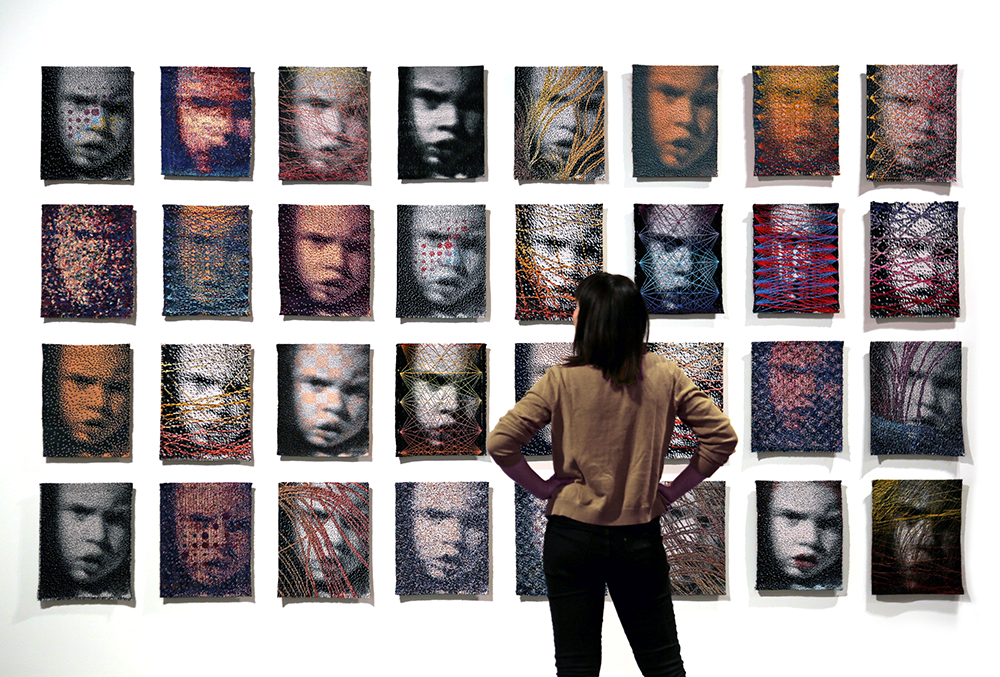
As fiber art gains renewed recognition and reappraisal from major institutions, the browngrotta arts’ documentary archive, in which works by Sheila Hicks, Lenore Tawney, Ed Rossbach, Magdalena Abakanowicz and many others are showcased, is an invaluable resource. When we first began promoting artists in the late 1980s, we discovered two important facts about the field. First, at that time, before digital printing, galleries and museums rarely had the budget to document their exhibitions in a catalog or book. Second, regardless of the medium, when catalogs were prepared, works tended to be photographed like paintings: two lights at 45-degree angles, dimension and detail obscured. We set out with the intention to resolve this disparity and began an annual cataloging program recording exhibitions, artists, and works through photography that specifically captured the tactile characteristics of fiber and craft art. From the outset, Tom photographed the work with reference to scale and shape, and in the case of fiber art, a sensitivity to conveying the work’s organic and haptic qualities and unusual/unique materials and varied techniques. This approach allowed for a more immersive experience of the works, one that extended beyond the time and geography limitations of exhibitions. “There are a few catalogs that go beyond the intellect to convey the spirit of the exhibition objects. The fine images of browngrotta arts’ publications capture the dimension of the objects, something often lacking, yet totally necessary to the appreciation of fiber. Their publications seem to consistently engage much more than readers’ minds,” wrote Lotus Stack, then-Curator of Textiles at the Minneapolis Institute of Arts in Minneapolis, Minnesota, in 1999.
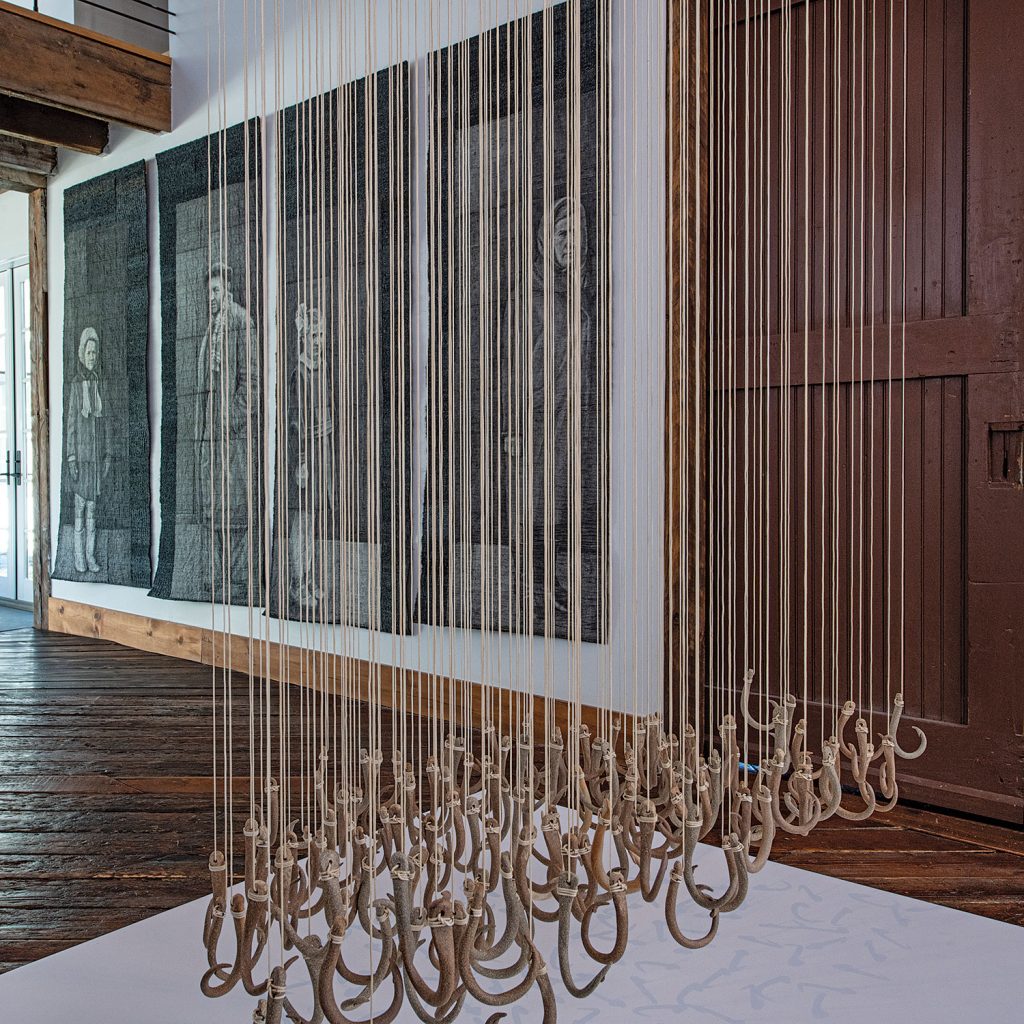
The upcoming 50th catalog will continue browngrotta arts’ tradition, featuring dozens of full-color photos. The range of works on view in the Volume 50: Chronicling Fiber Art for Three Decades exhibition will include three-dimensional sculptures of steel, fiber-optic, wood, jute, waxed linen, cotton and gold leaf and woven vessels, ceramics and basket forms of bark and twigs, bamboo, willow and cedar. Participating artists have created wall works of linen, viscose, steel, cotton, horsehair, fish scales and in one case, silk, from silkworms raised by the artists. The techniques are as varied as the materials — layering, weaving, plaiting, knotting, molding, ikat, tying, bundling, crochet and katagami.
Participating Artists:
Adela Akers (United States); Laura Ellen Bacon (United Kingdom); Jo Barker (United Kingdom); Caroline Bartlett (United Kingdom); Polly Barton (United States); James Bassler United States); Dail Behennah (United Kingdom); Annette Bellamy (United States); Nancy Moore Bess (United States); Marian Bijlenga (The Netherlands); Birgit Birkkjaer (Denmark); Sara Brennan (United Kingdom); Lia Cook (United States); Włodzimierz Cygan (Poland); Neha Puri Dhir (India); Lizzie Farey (United Kingdom); Susie Gillespie (United Kingdom); Agneta Hobin (Finland); Kiyomi Iwata (Japan); Ferne Jacobs (United States); Stéphanie Jacques (Belgium); Tim Johnson (United Kingdom); Christine Joy (United States); Tamiko Kawata (Japan/United States); Nancy Koenigsberg (United States); Marianne Kemp (The Netherlands); Anda Klancic (Slovenia); Lewis Knauss (United States); Naomi Kobayashi (Japan); Irina Kolesnikova (Russia); Kyoko Kumai (Japan); Lawrence LaBianca (United States); Gyöngy Laky (United States); Sue Lawty (United Kingdom); Jennifer Falck Linssen (United States); Åse Ljones (Norway); Kari Lønning (United States); Federica Luzzi (Italy); Rachel Max (United Kingdom); John McQueen (United States); Mary Merkel-Hess (United States); Norma Minkowitz (United States); Keiji Nio (Japan); Mia Olsson (Sweden); Gudrun Pagter (Denmark); Simone Pheulpin (France); Eduardo Portillo & Mariá Eugenia Dávila (Venezuela); Lija Rage (Latvia); Toshio Sekiji (Japan); Hisako Sekijima (Japan); Karyl Sisson (United States); Jin-Sook So (Korea/Sweden); Grethe Sørensen (Denmark); Aleksandra Stoyanov (Ukraine/Israel); Chiyoko Tanaka (Japan); Blair Tate (United States); Deborah Valoma (United States); Ulla-Maija Vikman (Finland); Wendy Wahl (United States); Gizella K Warburton (United Kingdom); Grethe Wittrock (Denmark); Chang Yeonsoon (Korea); Jiro Yonezawa (Japan); Carolina Yrarrazaval (Chile).
The exhibition will be on view from September 12th – 20th, at browngrotta arts, 276 Ridgefield Road, Wilton, CT 06897: http://www.browngrotta.com/Pages/calendar.php.
Safe Viewing Information:
We will be open with safe viewing practice in place from 1 p.m. Saturday the 12th until 5 p.m. and from 10 a.m. to 5 p.m. Sunday the 13th through Sunday the 20th. Only 15 visitors will be permitted each hour. Masks are required. Viewing will be in one direction. Art and catalog sales will be contactless and we’ll disinfect between visits.
Tom ticketed reservations are required . Book your hour visit on Eventbrite at: https://www.eventbrite.com/e/volume-50-chronicling-fiber-art-for-three-decades-tickets-118242792375?aff=arttextstyle

